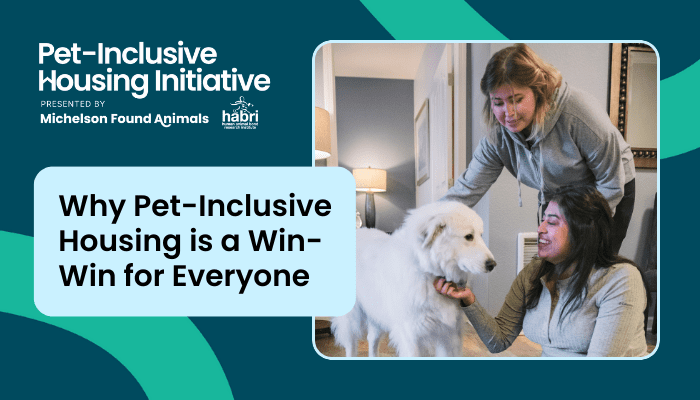How To Improve Your Return-To-Home Rate


We all know that microchipping helps save animals’ lives, which is why it’s common practice for organizations to microchip pets available for adoption. But, not all animals leave the shelter through adoption. Generally, half of all pets leave through transfer, reclaim, and foster programs, among others. And, sometimes those pets get lost too. So, how can you improve your return-to-owner rate and ensure these animals find their way home? Read on to learn how other communities have used their return-to-owner program to save more animals’ lives as well as tips for how you can start one or improve yours today.
What others are doing
According to a study conducted by the American Veterinary Medical Association, dogs that are microchipped are 2.5x more likely to find their way home and cats who are microchipped are 20x more likely to find their way home.
An example of this is Texas. Texas has led the nation in mandatory microchipping and many cities are now requiring that all citizens have their dogs chipped, with San Antonio, Waco, and Dallas leading the pack.
Houston has taken it one step further and required that cats also be chipped. In addition, many cities have free chipping programs for specific zip codes and statistics show these communities have the highest percentage of strays being reunited with their owners.
We know that implementing this type of program takes more than statistics. It takes time and money. What if we told you that implementing this type of program could actually save you precious resources, including time and money?
Tips for a successful microchip on reclaim
For these communities in Texas, microchipping all stray animals when reclaimed is easy because it is the law. For those of you who don’t have a law that supports microchipping on reclaim, how can you encourage the owner to agree to chip their pet?
- Include the microchip cost on the first-day impound fee – This way an additional fee isn’t an option or barrier for owners.
- Consider offering free chipping for all reclaims – Since these animals are generally your most at-risk population (once an animal wanders away, they are at a higher risk of doing it again), offering free microchipping ensures that they can be returned to their owner quicker.
- Encourage your local government to pass a similar law – This is an effective tool to return pets to their homes and reduce euthanasia.
- Return in the field – As a component of microchipping on reclaim, many progressive groups will return an animal while in the field if the pet is chipped, saving the pet from ever entering the shelter. Imagine how much a shelter can save when animals are returned directly to homes by their ACOs. When they don’t enter the shelter, you are able to reduce the cost of care because you are not providing medical care, vaccines, food, and housing.
- Implant in the field – One creative city organization, San Antonio Animal Care, has trained their officers to implant chips in the field.
In an article published in Animals, entitled “Frequency of Lost Dogs and Cats in the United States and the Methods Used to Locate Them,” the ASPCA makes the following recommendations:
- Provide help to owners with information on what they can do if a pet becomes lost
- Institute the matching of reported lost pet records with reported found pet records
- Host microchip and ID tag clinics for community pet owners
- Ensure that owned pets have microchips, collars, and personalized ID
Groups that have implemented an aggressive chipping program have seen a large increase in reclaims. During the first quarter of this year, San Antonio Animal Care has seen an increase of 20% for reclaimed pets. Last year they also saw an increase of 20% of pets reclaimed. Both of which represents thousands of lives saved.



